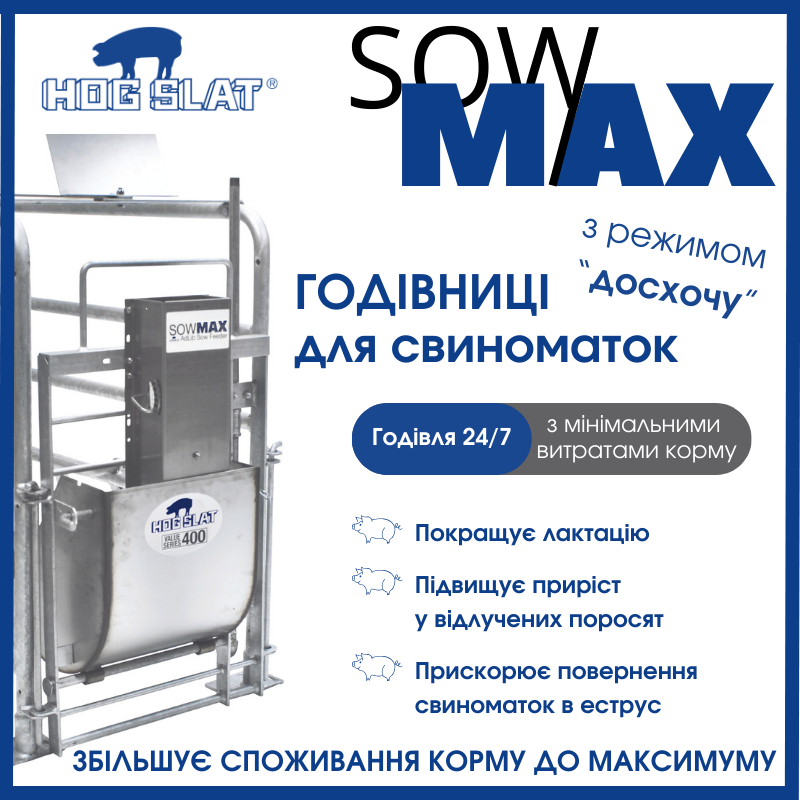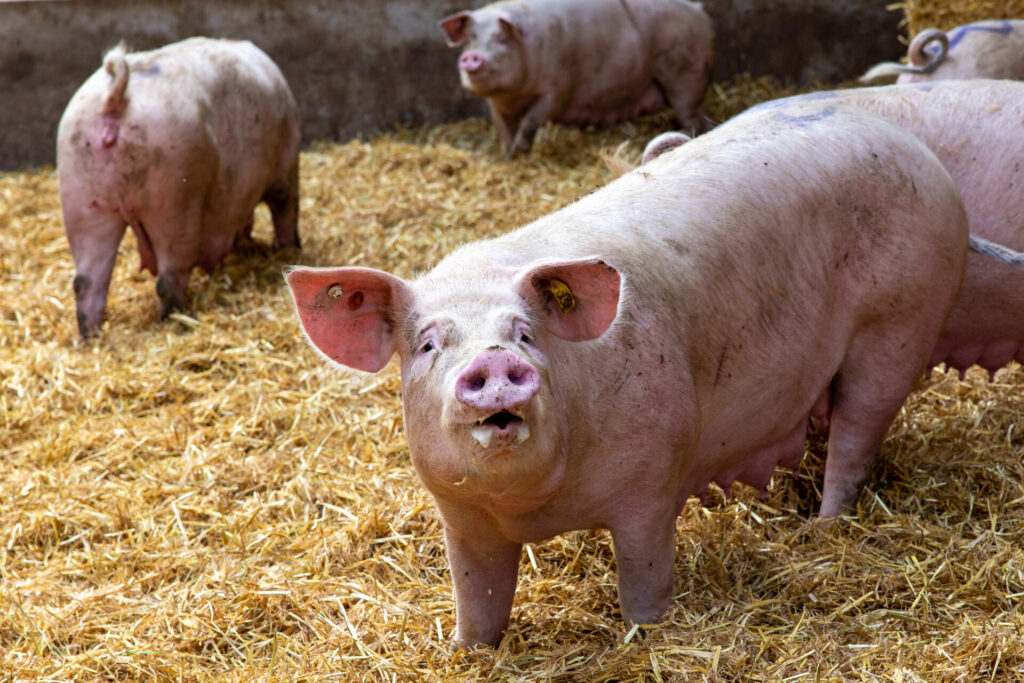Decline after years of stability
For two decades, the self-sufficiency rate consistently exceeded 100%. The peak was recorded in 2011 at 108%, with another high of 107% in 2020. Now, however, the statistics show that the French pork sector is no longer keeping pace with domestic demand.
FranceAgriMer calculates self-sufficiency using a mathematical formula: total national production plus imports minus exports equals “apparent consumption.” But behind the numbers lies a worrying reality — production is falling faster than consumption.
Why production is falling: 3% of producers quit each year
Between 2014 and 2024, about 3% of French pig farmers left the industry every year. This is more than twice the decline seen across agriculture as a whole (1.4% per year).
As a result, today France has just 5,700 specialised pig farms, representing only 1.4% of all farms in the country.
Even though remaining farms are getting larger, the national pig herd has shrunk from more than 14 million in 2010 to 11.7 million in 2024.
Growing imports: Spain remains the main supplier
To meet domestic demand, France has been forced to increase pork imports — a trend that frustrates local producers.
In 2024, France imported:
- 337,000 tonnes of pork (+7% vs 2023),
- of which 220,000 tonnes came from Spain, the EU’s largest pork producer,
- an additional 240,000 tonnes consisted of charcuterie and processed meat products.
At the same time, France exported 447,000 tonnes, nearly unchanged from 2023 but 10% lower than in 2022.
Industry position: “Regulations are suffocating production”
Inaporc, the national pork industry organisation, responded:
“National production can no longer keep up with demand. Despite some stability and a slight increase in output, the self-sufficiency rate fell to 98% last year. The sector is struggling due to unsuitable regulations that block necessary investments.”
Inaporc warns that generational renewal is at risk, which in turn threatens France’s food sovereignty. The organisation urges authorities to remove regulatory barriers that hinder the expansion and modernisation of pig farms.
What this means for the market
France is one of the EU’s key pork-consuming markets, and the loss of self-sufficiency signals:
- increased reliance on imports,
- growing competition among European suppliers,
- further pressure on local farmers,
- risk of deepening structural crisis in the French pork sector.
France’s pork market is changing rapidly, and experts warn that without reforms, the country may lose its status as a major producer and become fully import-dependent.
PigUA.info based on materials from pigprogress.net



